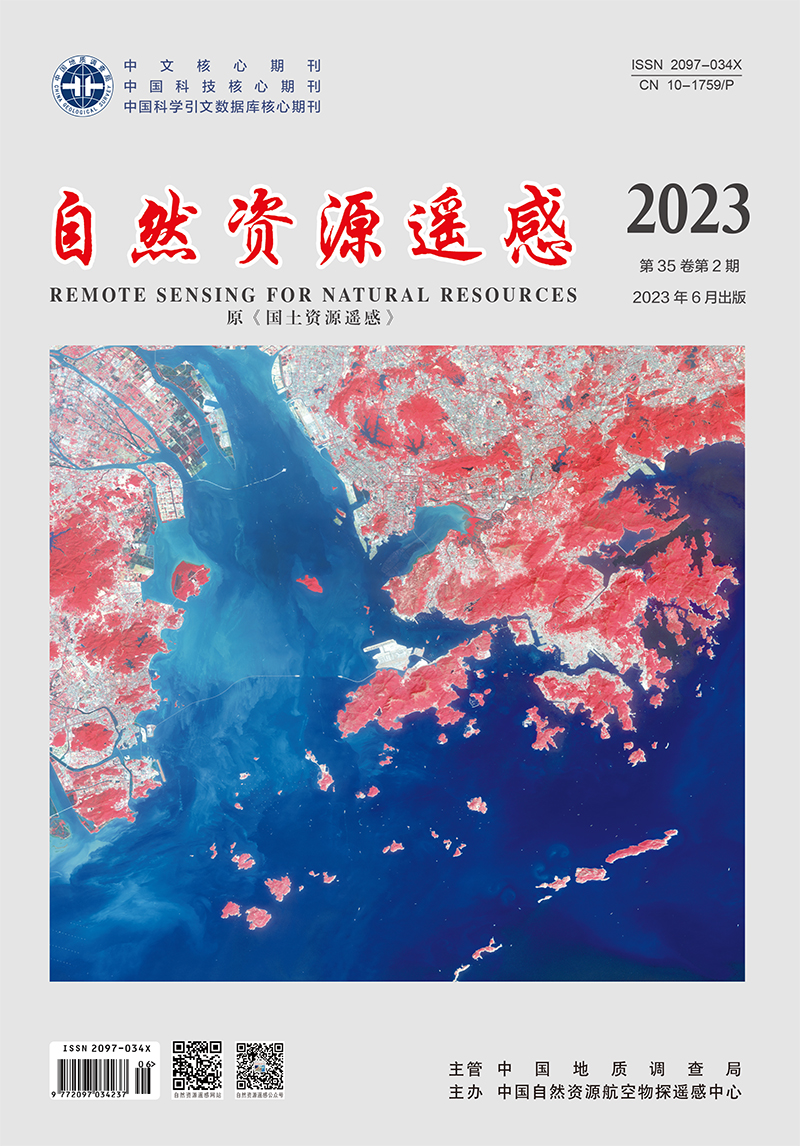LYU Yongqiang, YU Xinwei, YANG Shuo, ZHENG Xinqi. 2023. Identification of the polycentric urban structure based on multi-source geographic big data. Remote Sensing for Natural Resources, 35(2): 132-139. doi: 10.6046/zrzyyg.2022134
| Citation: |
LYU Yongqiang, YU Xinwei, YANG Shuo, ZHENG Xinqi. 2023. Identification of the polycentric urban structure based on multi-source geographic big data. Remote Sensing for Natural Resources, 35(2): 132-139. doi: 10.6046/zrzyyg.2022134
|
Identification of the polycentric urban structure based on multi-source geographic big data
-
1. School of Surveying and Geo-Informatics, Shandong Jianzhu University, Jinan 250101, China
-
;2. School of Information Engineering, China University of Geosciences(Beijing), Beijing 100083, China
More Information
-
Corresponding author:
ZHENG Xinqi
-
Abstract
The emergence of geographic big data provides a new data source for the study of urban spatial structures. Identifying the polycentric urban structure based on geographic big data is currently a hot research topic in academic communities. This study proposed a method for identifying the polycentric urban structure based on multi-source geographic big data. First, the spatial units in the study area were determined using a region segmentation algorithm based on drainage divides. Then, the urban centers and subcenters were identified using the two-stage algorithm for urban center identification. Finally, the identification results were compared and verified. The results of this study are as follows: ① The region segmentation algorithm based on drainage divides can effectively identify the spatial features of nighttime light data, and the basic spatial units acquired using this algorithm can be used to identify urban spatial structures; ② The urban centers identified based on the Weibo (MicroBlog) check-in data, which can effectively reflect urban human activities, and the two-stage algorithm for urban center identification are roughly consistent with those set in the urban planning. Therefore, the method proposed in this study is of great significance for expanding the application scope of geographic big data and enriching the existing research methods for urban spatial structures.
-

-
-
Access History







 DownLoad:
DownLoad: